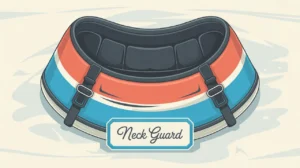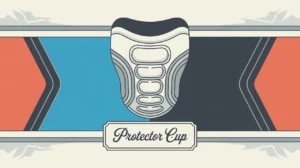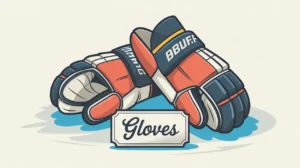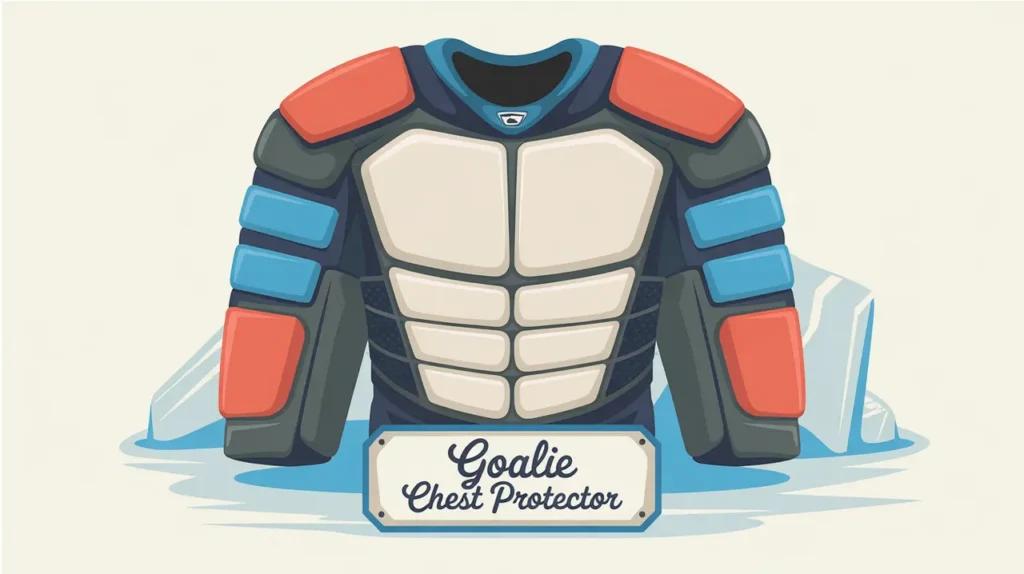Jim’s Intro to the Goalie Stick
Hi folks, Jim here, the only commentator who once skateboarded to work carrying a goalie stick. Would you be surprised if I told you that only the skateboard made it through the door?
What is the goalie stick?
The goalie stick is a specialized tool designed for blocking, deflecting, passing, and controlling the puck. It has a longer paddle than a player stick, a wider blade, and a sturdy shaft to handle both shots and passes. A good goalie stick helps seal the ice in the five-hole, steer rebounds, disrupt plays with poke checks, and launch breakout passes with precision. It’s part shield, part lever, part wand.
How does it work?
The goalie stick combines shape, materials, and technique to serve multiple roles at once.
- Blade: Wider than a player’s blade, used to direct pucks and control rebounds.
- Paddle: The flat, thick section between the blade and shaft that helps cover the ice and block shots.
- Shaft: Extends above the paddle for passing, poke checks, and control when standing.
- Materials: Composite sticks offer light weight and responsive feel; foam-core sticks provide stability and dampening.
- Angles: The lie and paddle length determine how the stick sits on the ice and how comfortably the goalie can move between stances.
When held correctly, the blade rests flat on the ice in the ready position, closing the five-hole and creating a stable barrier.
How do you make good decisions with it?
Picking the right goalie stick is about fit, weight, and role.
- Paddle Length: Determines stance comfort and five-hole coverage. Too long lifts the blade off the ice. Too short forces an awkward crouch.
- Weight: Lighter sticks improve reaction speed. Heavier sticks absorb more impact but can slow movement.
- Materials: Composite sticks are durable and light. Foam-core models give better rebound control.
- Lie and Curve: Affects puck handling and passing angles. Goalies who play the puck a lot may prefer more pronounced curves.
- Condition: Check for cracks, soft spots, or worn edges, especially on foam-core blades.
How do you master it?
Mastering the goalie stick takes practice and finesse. Goalies learn to keep the blade flat in their stance, use subtle movements to deflect pucks into safe areas, and develop precise passing skills to support breakouts. They work on poke checks, stick saves, and controlling rebounds so the stick becomes a natural extension of their positioning and timing.
What does it look like when done right?
A goalie with strong stick control seals the ice smoothly, steers rebounds to the corners, and moves the puck confidently. Their stance looks balanced, and their stick work is quiet and deliberate. Shots that hit the blade don’t create chaos, they create controlled plays.
Commentator’s Corner
Jim’s Take
I’ve seen goalies use their stick like a broom, swatting wildly at pucks. A good stick isn’t for panic. It’s for precision.
Parent Tip
Get the paddle length and weight right first. A stick that fits properly will make every movement easier. Check for damage regularly, especially on foam-core models.
Player Tip
Practice your stick work every session. Rebounds, poke checks, and breakout passes all come from muscle memory and comfort with your stick.
A Final Thought
The goalie stick is more than a blocker. It’s a control tool that shapes the game from the crease outward. When it fits well and feels natural, it turns split-second reactions into steady, confident plays.









